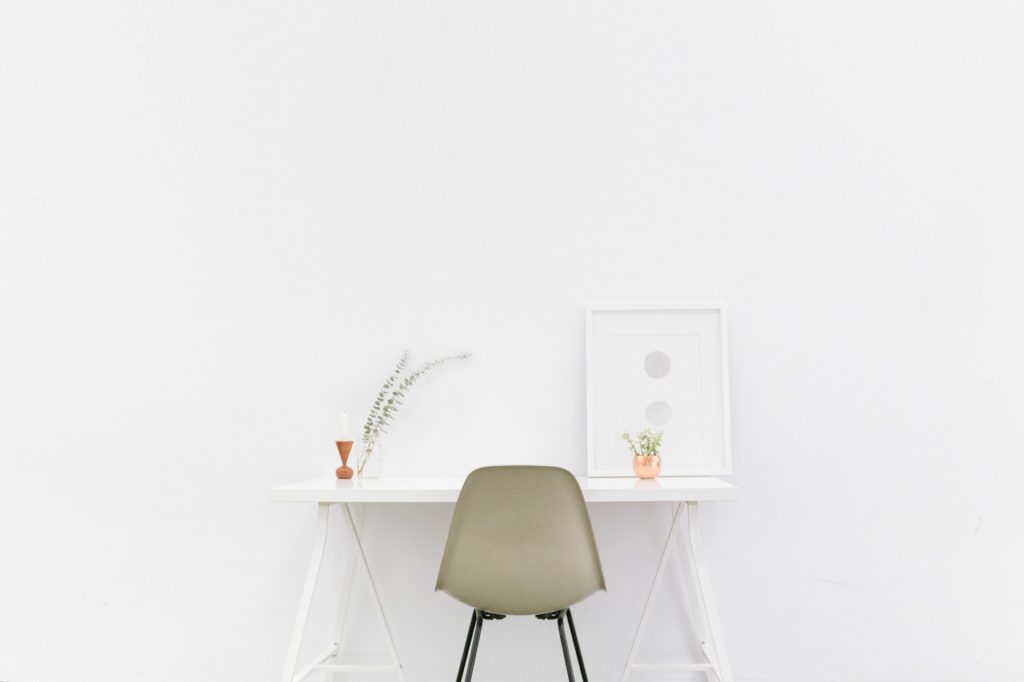Minimalism is often a topic for homeowners and individuals looking to create peace in their living space. It’s an efficient lifestyle that has lasting benefits not only to the home but also in a person’s life.
But minimalism is more flexible and beneficial than most people expect. If it can work at home, it can most certainly work in a corporate setting. The dynamics in both spaces are different, but the same advantages can be achieved. As long as you manage to redesign your office just right, then you and your employees should enjoy a workspace that’s more conducive to reaching your professional goals.
Simplicity Saves Money
Minimalism thrives for its simplicity. This means that instead of elaborate furniture, you should opt for quality ones that are plain but still aesthetically pleasing. Above all, your criteria for furnishing will mostly be governed by functionality. What is its purpose? Does it do the job well?
Workplaces nowadays are bombarded with offers for smart items like whiteboards, desks, clocks, and keyboards. While these are all nice perks, they’re not all necessary to have in the workplace. Minimalism will always point you to the future. Will these items still benefit you in the long run, or will they become outdated and eventually be useless?
It’s also worth noting the technological requirements of these smart items. Your purchase will easily lose its value if you find out too late that not all computers or smartphones are compatible with them, and you’ll need to buy other accessories to get them to work.
At the end of the day, your best options could be the most basic and functional ones that do their jobs well, high-tech or not. By filtering your shopping options to these criteria, it becomes easier to make affordable decisions and give you the best value for your money.
Less Clutter, Better Productivity
A lot of offices in Utah have clutter. The difference between the ones that look good and those that don’t is that the former knows how to hide them well. Regardless, both offices suffer from the stress of dealing with so many objects that are mostly unnecessary. This clutter also eats up costly space that could be used for more productive things.
Before outfitting your workplace with your new minimalist furniture, prioritize decluttering. Sort years-worth of items and separate what’s important from what’s not. The dispensable items should be shredded and thrown out at once, while the rest can go to a storage facility. Getting a detached space to store these things could be less costly than what you’re currently paying when you share your office space with them. There’s also the matter of removing them from your employees’ line of sight, which can instantly reduce workplace stress and distractions.
The lesser the clutter, the better their chances of focusing at work and producing quality output.

About Time to Digitize
How do you prevent the same clutter from building up? The answer is simple: digitize. It’s a practice that your office should’ve long adapted. Digitizing the majority of your internal needs allows you to cut back on paper and ink expenses. It also saves you from the risk of losing important documents from floods, fires, and other accidents because you have multiple options in storing and backing them up.
Memos? Use your virtual workspace to make announcements. Send them through email and have your employees confirm that they received them. Maximizing your virtual resources saves time, effort, and money that could be spent on more fruitful activities.
Define What’s Essential
Minimalism can look different from office to office. There’s no set of guidelines that you need to follow religiously. You’ll know that you’ve achieved a minimalist office when you can define what’s essential and keep everything else from taking over your workspace again. Once you achieve that, you’ll finally enjoy a more peaceful, productive, and appealing office.

